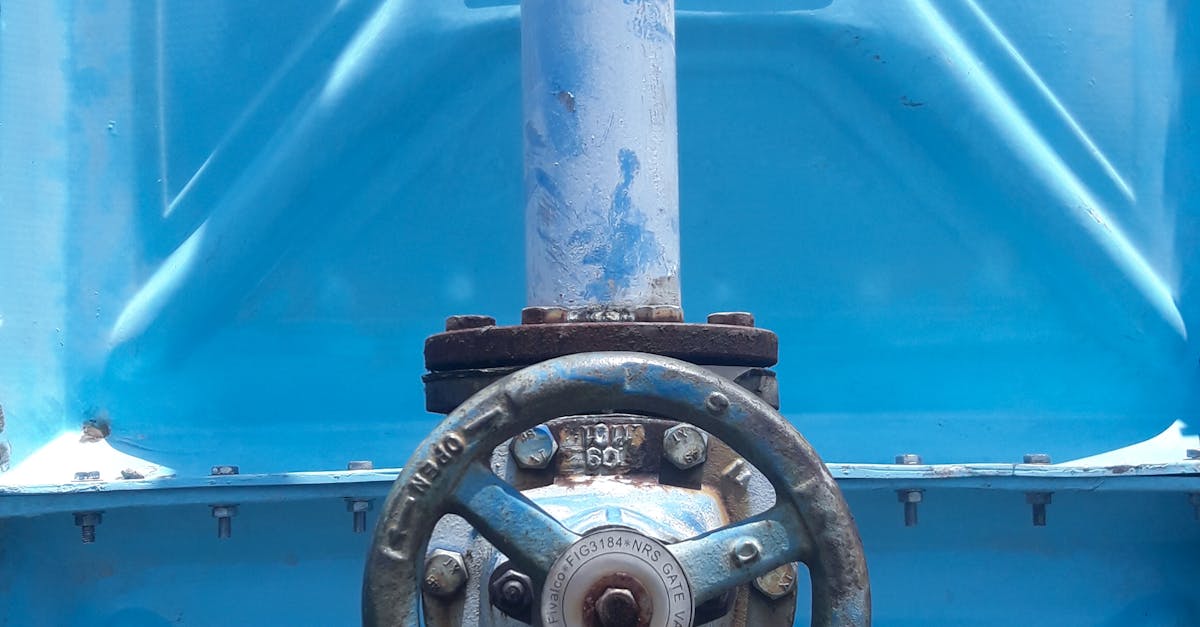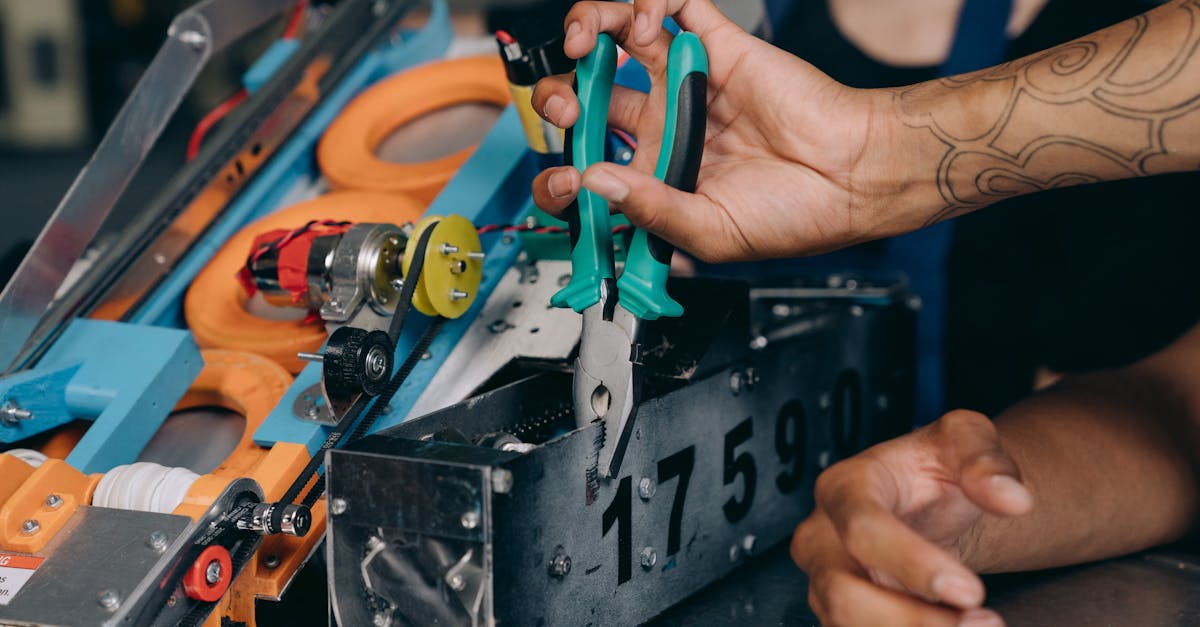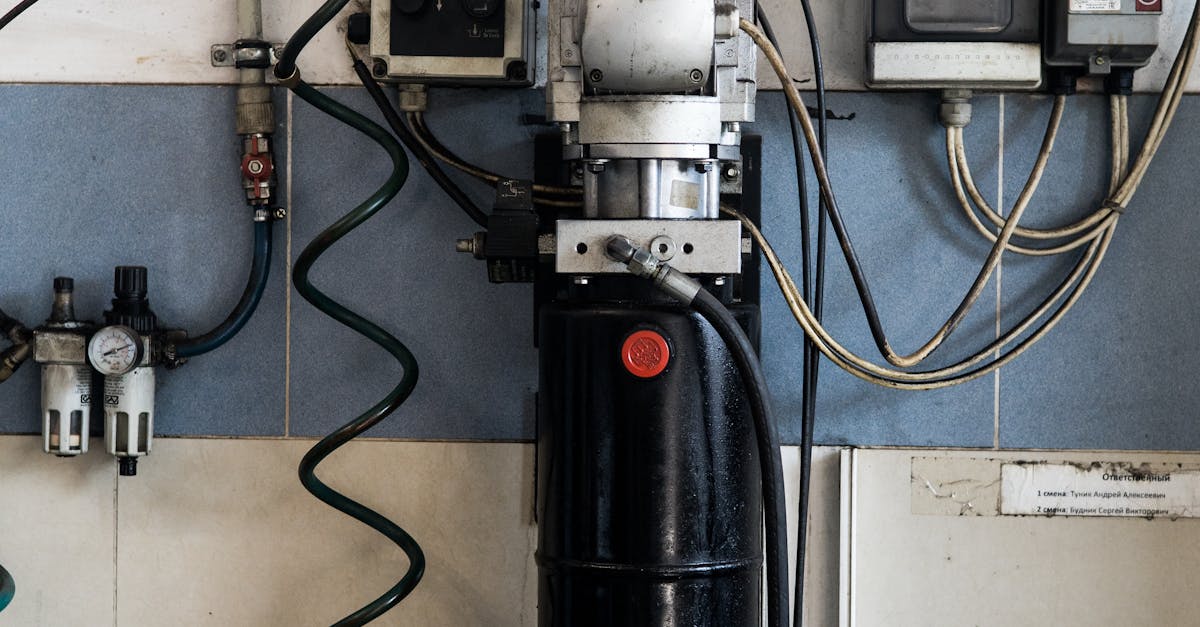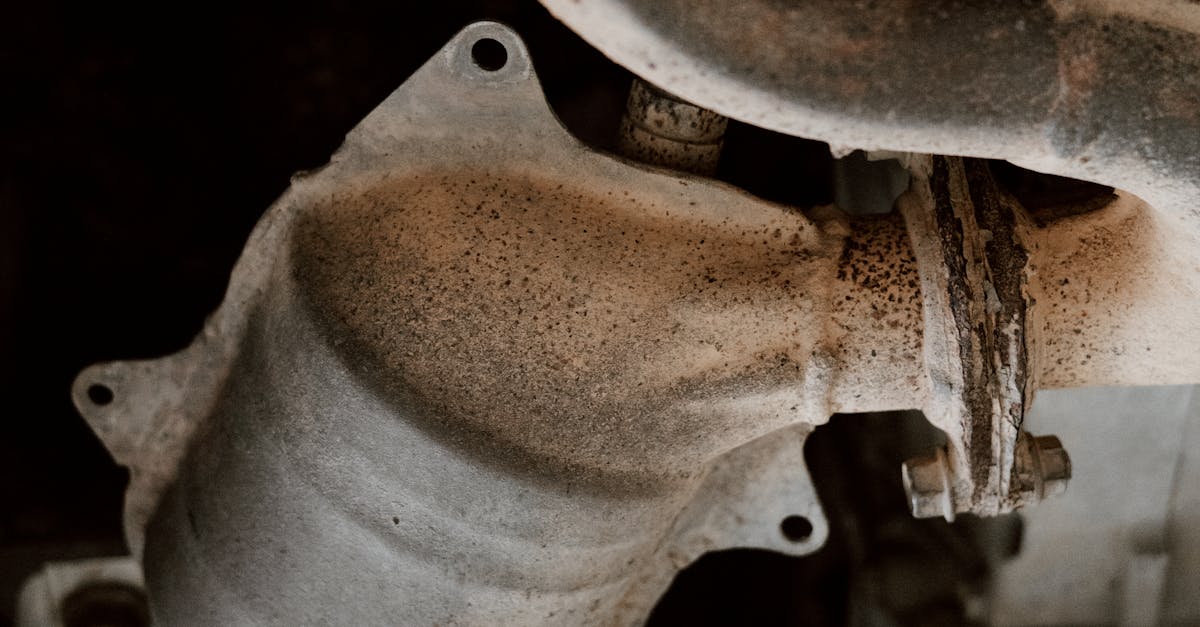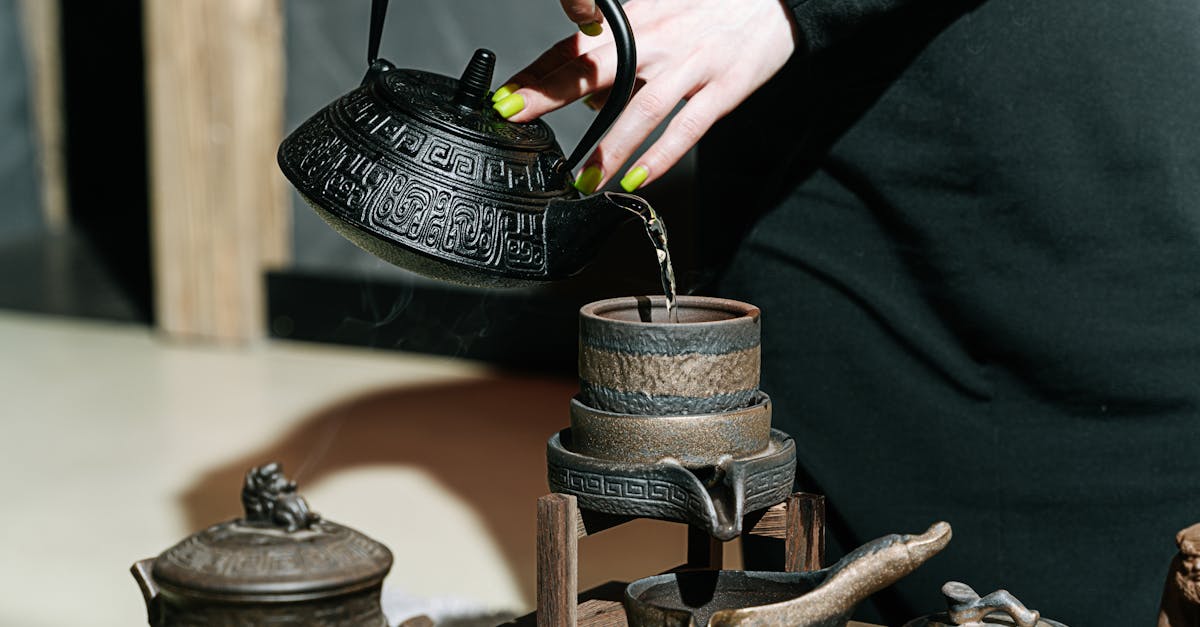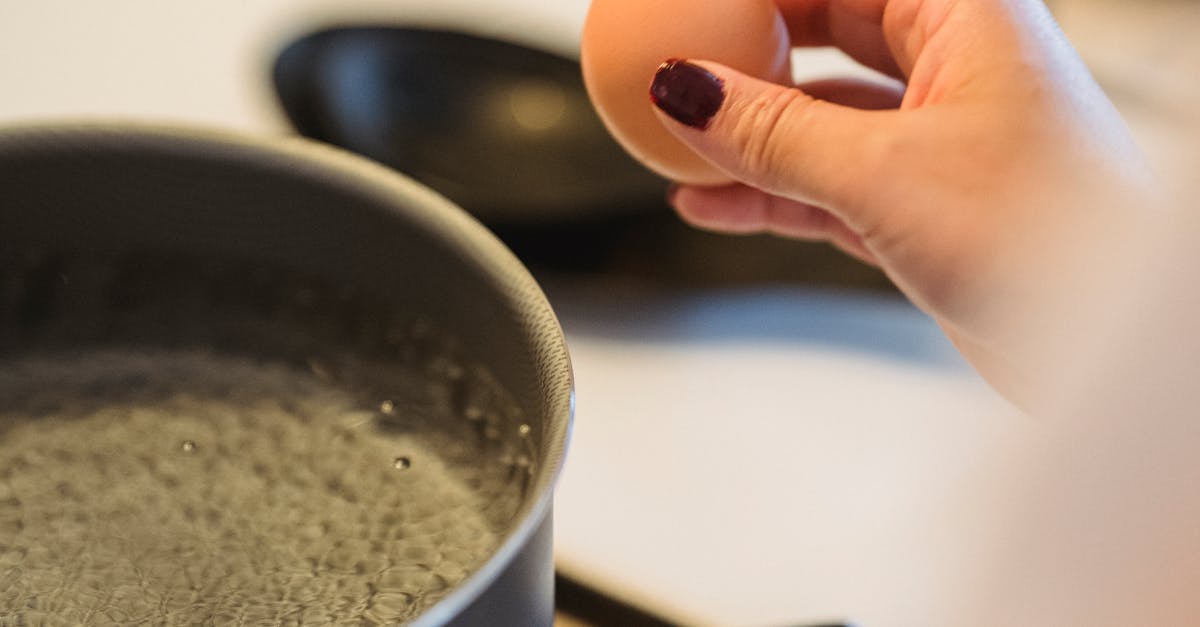
Table Of Contents
Frequent Repairs
If you find yourself frequently calling for Hot Water System repair, it could be a sign that your unit is nearing the end of its lifespan. Regular breakdowns can lead to frustration and inconvenience, affecting daily routines. Each repair adds to the overall costs, causing the initial savings of repair work to diminish over time. When you start noticing a pattern in these issues, it’s worth evaluating the age and general state of your system.
In many cases, older systems may require multiple repairs within a short timeframe. This can suggest that the unit is struggling to operate efficiently. Aged components often lead to more severe malfunctions down the line, meaning the money spent on temporary fixes may ultimately be better invested in a new system. Keeping track of repair costs helps to inform your decision on whether to replace your hot water system or continue with ongoing repairs.
CostBenefit Analysis of Repairing vs Replacing
When assessing whether to repair or replace your hot water system, it's essential to conduct a thorough cost-benefit analysis. Frequent breakdowns can lead to mounting repair costs, which may exceed the price of a new system over time. If a hot water system repair requires attention multiple times a year, this is often an indicator that a replacement may be more economical in the long run. Additionally, older systems tend to be less energy efficient, resulting in higher utility bills that can further complicate your overall financial decision.
Evaluating the age and efficiency of your current system plays a critical role in this analysis. Most hot water systems have a lifespan of about 8 to 12 years, depending on the type and maintenance history. If your system is nearing the end of its lifespan and has become a source of frequent hot water system repair, it’s time to consider a replacement. Beyond just the repair costs, consider the potential savings on energy bills and the increased reliability that a new system may provide. Investing in a new hot water system could result in a more consistent supply of hot water and peace of mind for years to come.
Inconsistent Water Temperature
Inconsistent water temperature is often a significant indicator that your hot water system may be nearing the end of its lifespan. Users may experience sudden shifts between scalding hot and ice-cold water during showers or while using hot water taps. This fluctuation can lead to discomfort and inconvenience, making daily routines more challenging. When these issues arise regularly, it may be time to consider a reliable hot water system repair or even a replacement.
When troubleshooting temperature fluctuations, it is crucial to examine the components of your system, such as the thermostat and heating elements. Faulty or worn-out parts can cause inconsistent heating, leading to ineffective temperature regulation. If repairs have been attempted but the problem persists, investing in a new hot water system might be the more economical choice in the long run. Consistent and comfortable hot water supply is essential for everyday activities, underscoring the importance of addressing these issues promptly.
Troubleshooting Temperature Fluctuations
Temperature fluctuations in your hot water system can signal underlying issues that may require attention. If you find that your water is occasionally too hot or too cold, it’s essential to pinpoint the source of the problem. A malfunctioning thermostat can disrupt the heating cycle, leading to inconsistent temperatures. Regular maintenance can help identify these faults before they escalate.
In cases where troubleshooting reveals that the thermostat or heating element is faulty, these components may need replacing. A quick hot water system repair could restore stable water temperature, ensuring your system operates efficiently. However, repeated issues with temperature regulation might also indicate that your system is reaching the end of its lifespan, necessitating a broader evaluation.
Discolouration of Water
Discolouration in your hot water can indicate underlying issues that warrant attention. Rusty, brown, or red water typically suggests corrosion within the hot water system itself. Accumulation of sediment or rust can impact the overall quality of your water and may point to a more serious problem. If you notice these signs, it is advisable to evaluate your hot water system for potential repairs or replacement.
Yellow or cloudy water may indicate the presence of minerals or sediments. While this might not pose an immediate health concern, it can affect the aesthetic quality of your water and suggests that your system is not operating efficiently. In such cases, a hot water system repair could restore clarity and ensure optimal performance. Regular maintenance can help prevent these issues from arising in the first place.
What Different Colours Indicate About Your Water
Discolouration of water can indicate various underlying issues with your hot water system. If the water appears rust-coloured, it may suggest that there is corrosion occurring within the tank or pipes. This condition can lead to further damage over time. If you notice a cloudy or milky appearance, it could be due to air bubbles trapped in the water. While this may not be a serious issue, it is still worth investigating the state of your system to ensure everything is functioning correctly.
Another colour to watch for is a yellow or brown hue, which often indicates sediment build-up or mineral deposits in the tank. These deposits can affect the efficiency of your hot water system and lead to further complications. If you consistently find discoloured water, it may be time to consider hot water system repair or even replacement. Understanding these indicators can help you maintain the quality of your water and the overall performance of your system.
FAQS
How can I determine if my hot water system needs replacing?
Look for signs such as frequent repairs, inconsistent water temperature, or discolouration of water. If you notice any of these issues, it may be time to consider a replacement.
What are the signs that indicate frequent repairs are required for my hot water system?
If you're calling a plumber multiple times within a short period for repairs, especially for major issues, it’s a strong indication that your system may need replacing.
What should I consider when doing a cost-benefit analysis of repairing versus replacing my hot water system?
Consider the total cost of ongoing repairs, the age of your system, the efficiency of a new model, and the potential savings on energy bills. If the repair costs are approaching the cost of a new system, replacement may be the better option.
Why is inconsistent water temperature a concern for my hot water system?
Inconsistent water temperature can indicate a failing heating element or other issues within the system. If troubleshooting doesn’t resolve the problem, it may signal that your hot water system is nearing the end of its life.
What does discolouration of water indicate about my hot water system?
Discolouration can signify rust, sediment buildup, or other contaminants in the water. Depending on the colour, it may point to deterioration in the tank or piping, suggesting that a replacement could be necessary.








